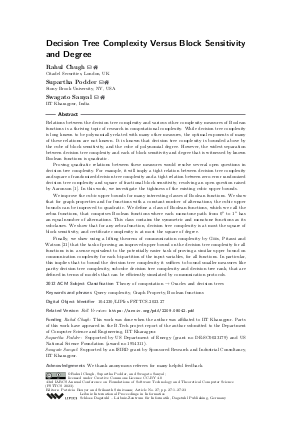LIPIcs.FSTTCS.2023.27.pdf
- Filesize: 0.85 MB
- 23 pages

 Creative Commons Attribution 4.0 International license
Creative Commons Attribution 4.0 International license



















































Feedback for Dagstuhl Publishing